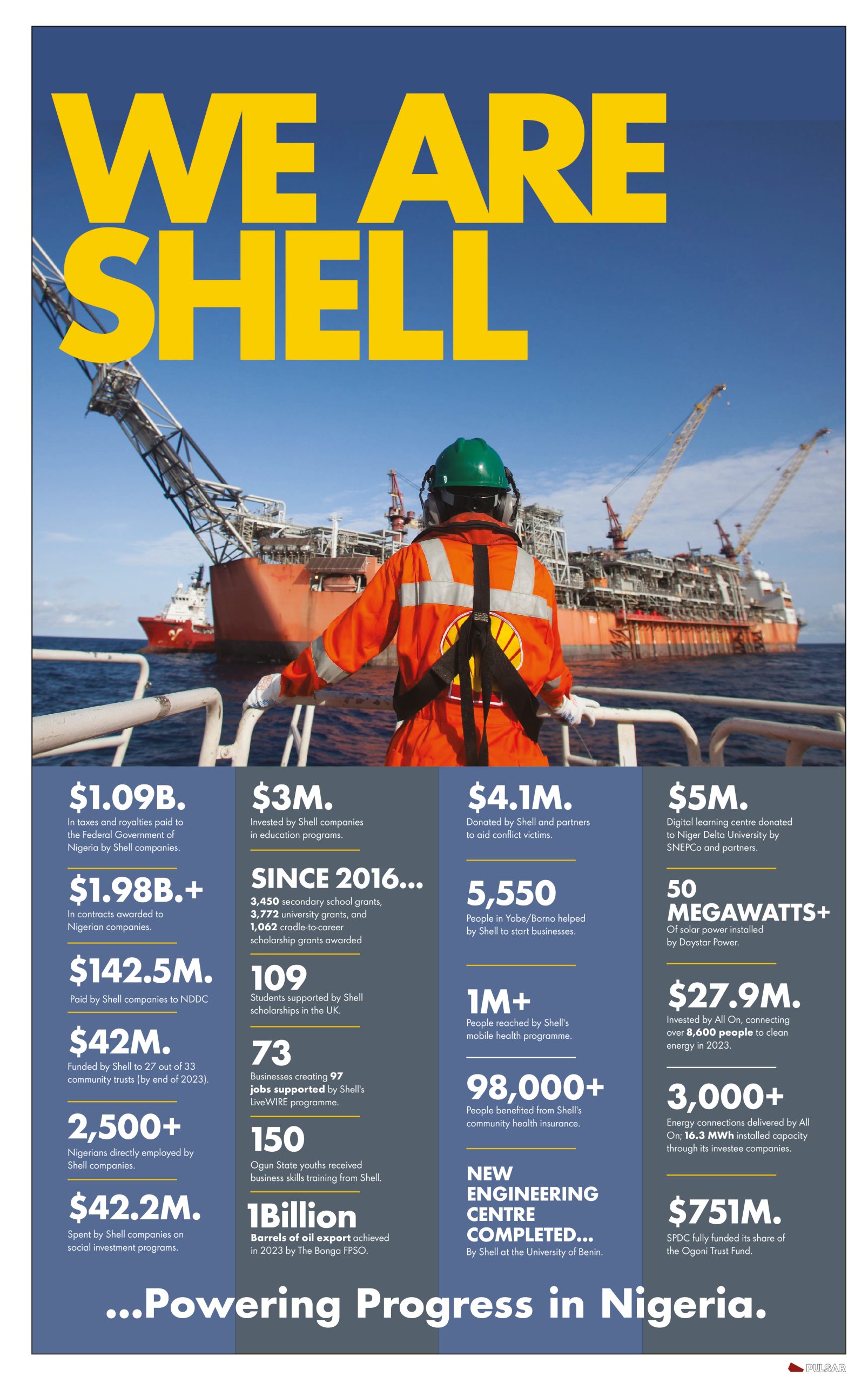Manufacturers Association of Nigeria (MAN) has projected further strengthening of the naira, sustained inflation decline and improved access to credit in 2026.
It also foresees an overall Gross Domestic Product (GDP) growth of 4 per cent.
Dr Oluwasegun Osidipe, Director, Research and Economic Policy Division, MAN, made the projections on Tuesday in Lagos at a news conference on the 2025 MAN Think Tank Session.
He hinged the outlook on favourable oil prices, rising foreign investments, stable energy costs, and the effective implementation of key industrial and fiscal policies.
Osidipe stated that the projections, if actualised, would lead to higher manufacturing output.
“For manufacturers, naira is projected to appreciate further to N1,300–N1,400/$, driven by global oil price recovery, stronger external reserves, robust export earnings, increased foreign investments and remittance inflows.
“Headline Inflation will decelerate further to 14 per cent, supported by easing food prices, stable energy prices and appreciation of the naira.
“The Central Bank of Nigeria (CBN) is anticipated to implement further cuts in the benchmark interest rate to about 23 per cent, in line with dis-inflationary trend and to stimulate credit expansion and output growth.
“Further reduction in lending rates and completion of the bank recapitalisation exercise will enhance credit availability to manufacturers, strengthening investment and capacity utilisation,” he said.
Osidipe stated that for manufacturing output, real growth was projected to reach 3.1 per cent while contribution to real GDP was expected to rise to 10.2 per cent.
He hinged the expected gains on effective execution of new tax laws’ incentives, operationalisation of National Single Window Project and purposeful implementation of Nigeria Industrial Policy in close alignment with “Nigeria First” policy framework.
Osidipe said overall GDP growth was expected to reach 4 per cent in 2026 due to higher oil output and further improvement in fiscal space.
He added that expansion in financial and manufacturing sectors, and
heightened consumption during the election campaigns in Q4 2026 would also spur GDP growth



